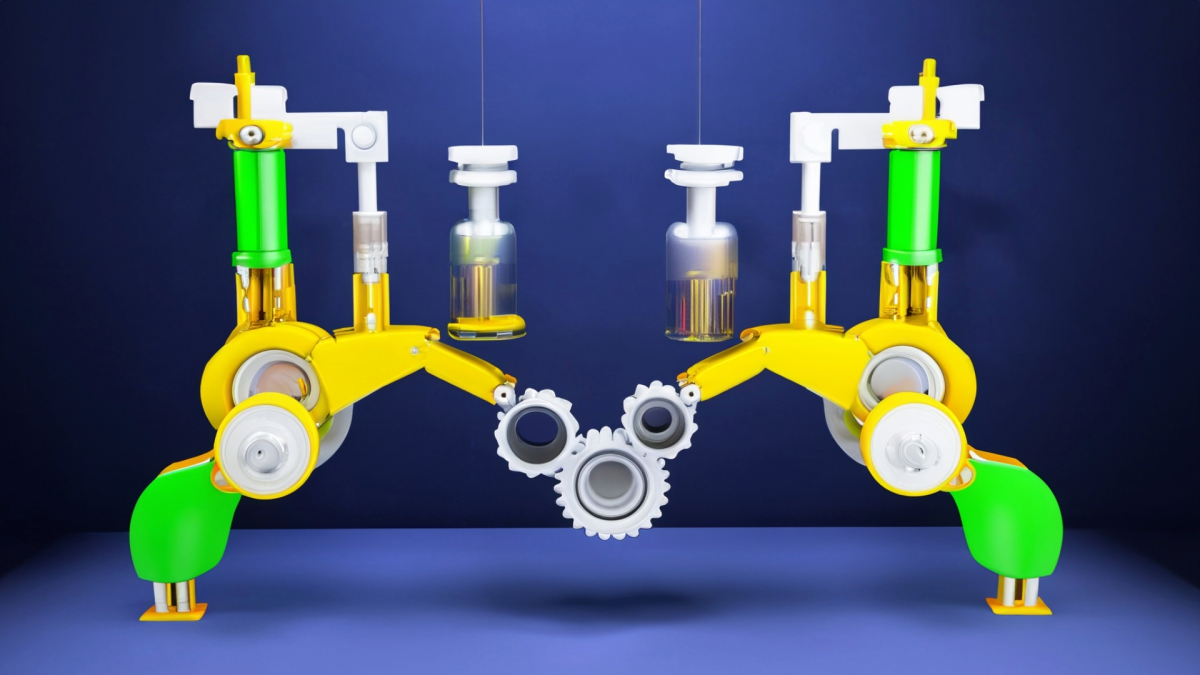
Grades:
Kindergarten, 1st Grade, 2nd Grade, 3rd Grade, 4th Grade, 5th Grade, 6th Grade, 7th Grade, 8th Grade, 9th Grade, 10th Grade, 11th Grade, 12th Grade
Button makers are great additions in the classroom! But first, students should learn the history of buttons, about the button machine and how to operate it. Challenge cards provided inspire students

Grades:
9th Grade, 10th Grade, 11th Grade, 12th Grade
In this hands-on STEM lesson, students take on the role of engineers tasked with developing an autonomous robotic solution for a complex real-world challenge. They explore the fundamentals of robotics

Grades:
9th Grade, 10th Grade, 11th Grade, 12th Grade
In this real-world STEM lesson, students take on the role of product planners at Apple to determine the optimal production mix of iPhone 16 colors that maximize profit while considering demand

Grades:
9th Grade, 10th Grade, 11th Grade, 12th Grade
"A Solution to Plastic Pollution" – an engaging and hands-on lesson plan designed to empower students to address one of the most pressing environmental challenges of our time: plastic pollution. In

Grades:
6th Grade, 7th Grade, 8th Grade, 9th Grade, 10th Grade, 11th Grade, 12th Grade
Students will pick an issue that they think exists in the world and propose a solution via a presentation. This will model a TedTalk.
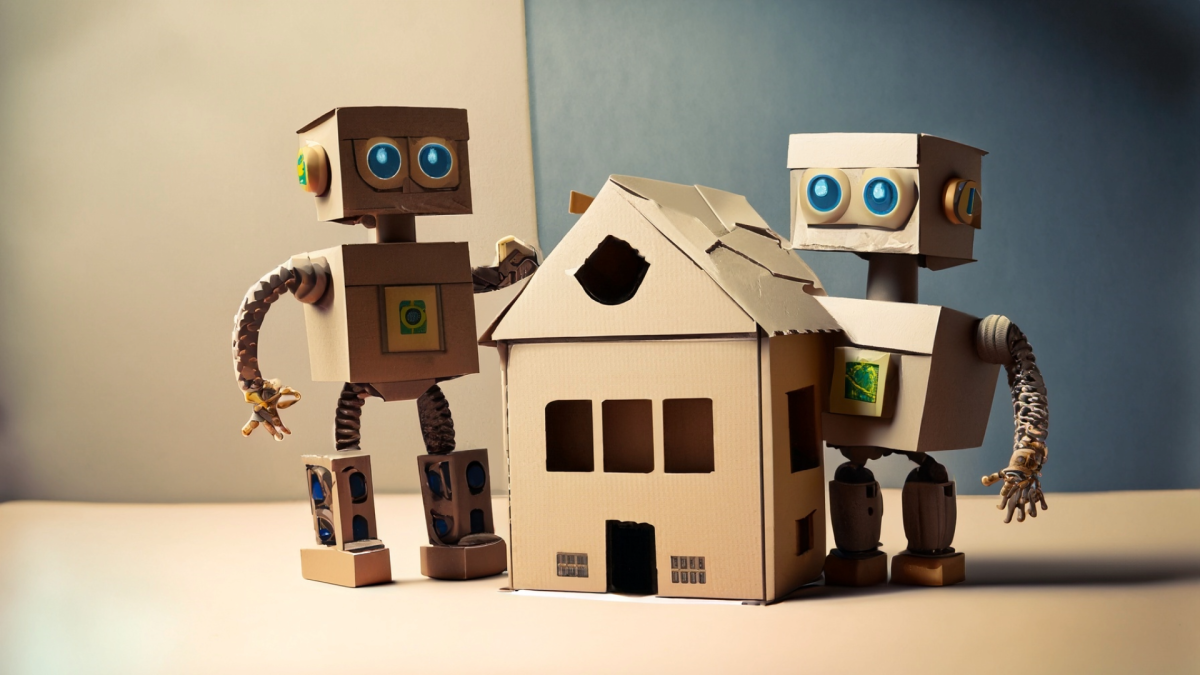
Grades:
9th Grade
Students will take an amount of time to plan and build a eco friendly home. They will include four eco friendly ideas into their home both on the exterior and interior of their build. Students may
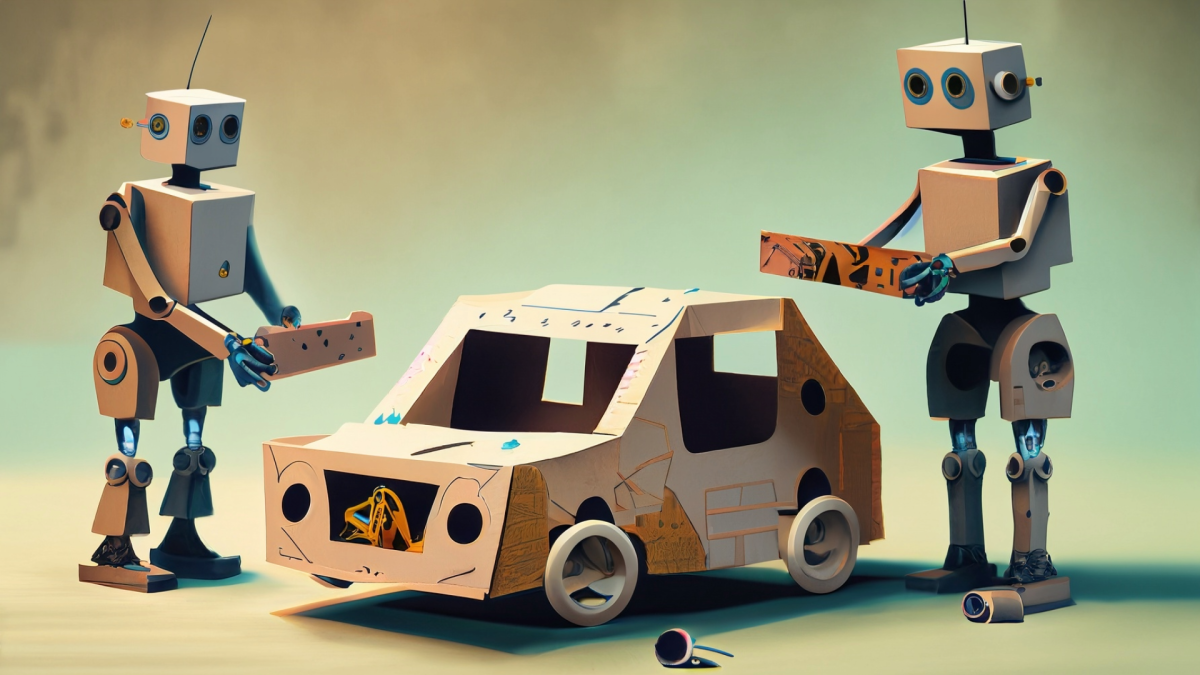
Grades:
6th Grade, 7th Grade, 8th Grade, 9th Grade, 10th Grade, 11th Grade, 12th Grade
In this lesson students use a Pocketlab Voyager to collect data on a toy car as it goes down a track. Analysing the data, students calculate gravitational potential energy and Kinetic energy of the

Grades:
6th Grade, 7th Grade, 8th Grade, 9th Grade, 10th Grade, 11th Grade, 12th Grade
This lesson is intended to be an introduction to teach students how to use the PocketLab Voyager. It covers how to connect the Voyager to your device, using Pocklab Notebook, collecting and analysing
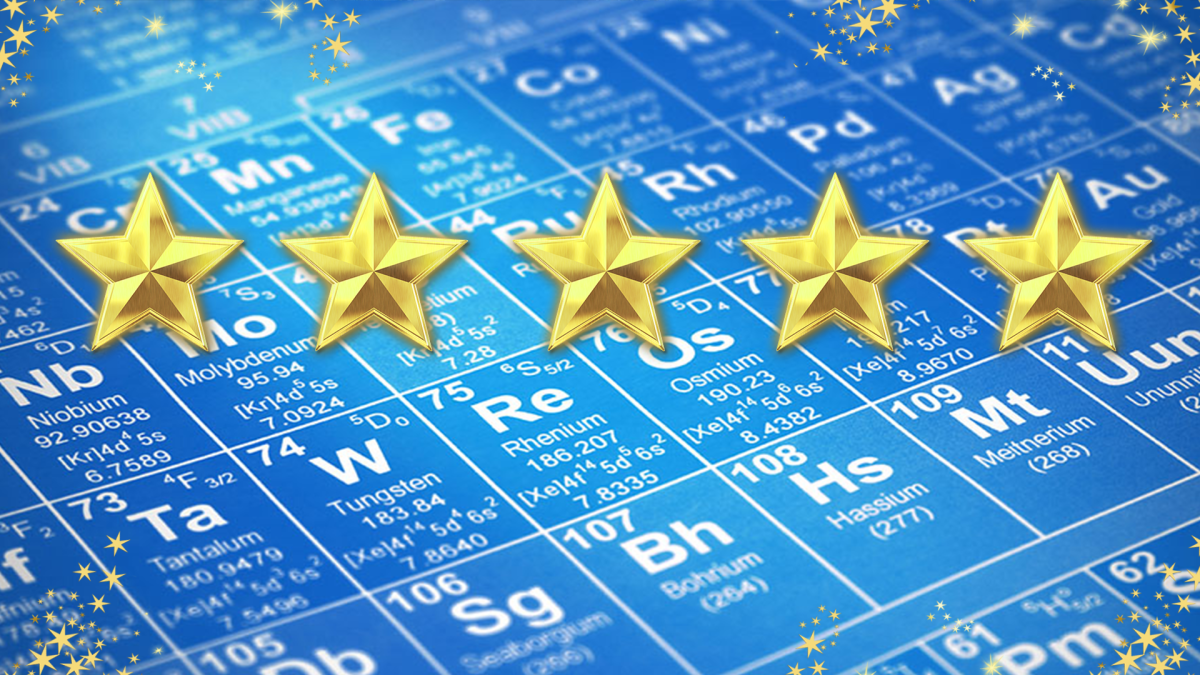
Grades:
9th Grade, 10th Grade, 11th Grade, 12th Grade
The first rule in the chemistry lab is “don’t eat or drink or lick anything in the lab”! This lesson breaks those rules and shows students how culinary is really a practical application of chemistry
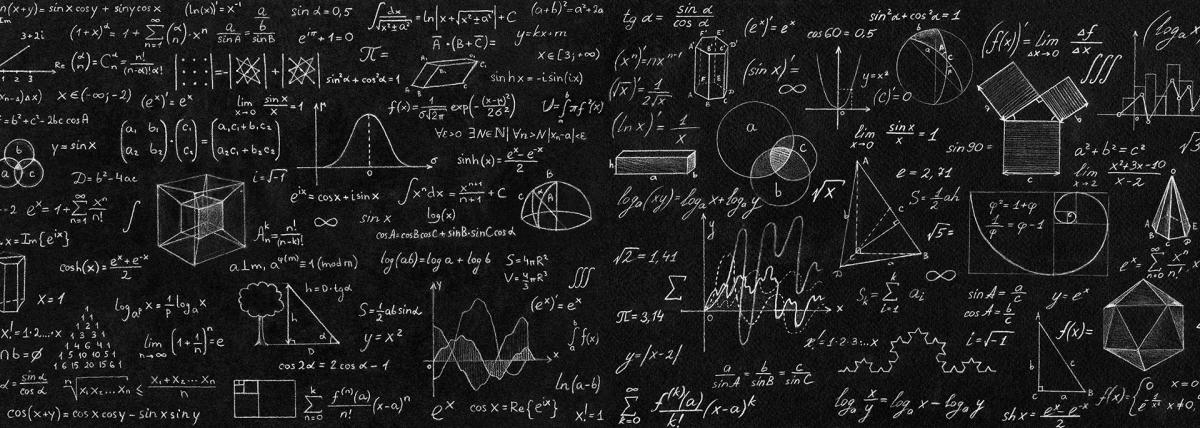
Grades:
9th Grade, 10th Grade, 11th Grade, 12th Grade
This lesson can be used as a formative assessment on Static Equilibrium of a horizontal meter stick that has two masses hanging from the meter stick. One of the mass values is provided, the 2nd mass

Grades:
6th Grade, 7th Grade, 8th Grade, 9th Grade, 10th Grade, 11th Grade, 12th Grade
Students use a GIS story map and hands on investigation to analyze the urban heat island effect in Phoenix.

Grades:
6th Grade, 7th Grade, 8th Grade, 9th Grade, 10th Grade, 11th Grade, 12th Grade
Students put together fossil bone cut outs to determine a prehistoric species before learning about the different ways scientists determine the physical characteristics of extinct organisms.

Grades:
9th Grade, 10th Grade, 11th Grade
A common challenge in Thermodynamic Chemistry is how do endo vs. exothermic reactions FEEL. Students will conduct three different chemical reactions to collect data and observations about the

Grades:
7th Grade, 8th Grade, 9th Grade
I recently extended my lesson on my homesite lease, which involves land plots on the reservation. I covered the process of designing our land plot, including drawing elements such as homes, corrals

Grades:
9th Grade
For hundreds of years, people have harnessed moving air (wind) to do work. The earliest forms of wind-powered machines were sailboats. Wind pushing against the sails of a boat provided the energy to

Grades:
9th Grade
This is a lesson plan for an activity that is used to teach meiosis. Students learn about various stages of meiosis and how it leads to variation.
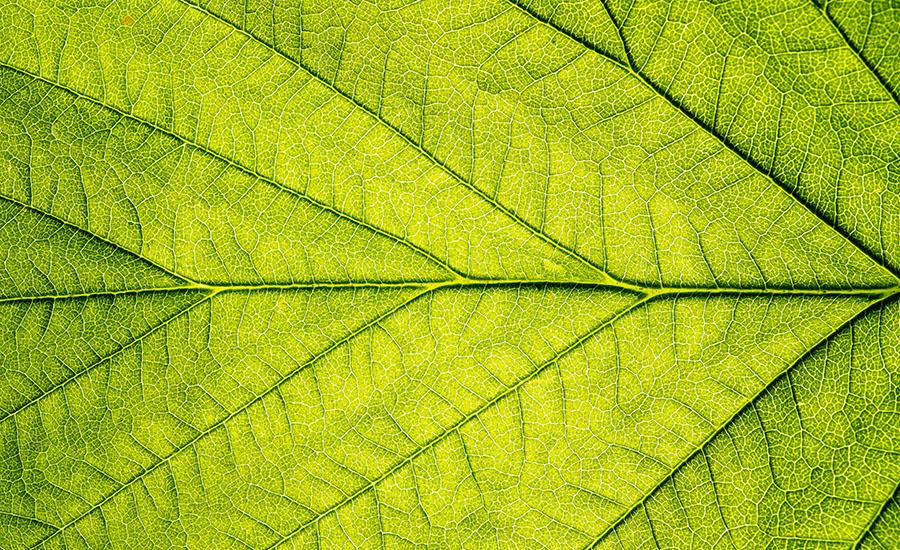
Grades:
9th Grade, 10th Grade
This multi-day lesson requires students to collect data on cellular respiration and photosynthesis. This data-intensive exercise involves the use of CO2 sensors and biochambers. The experiments
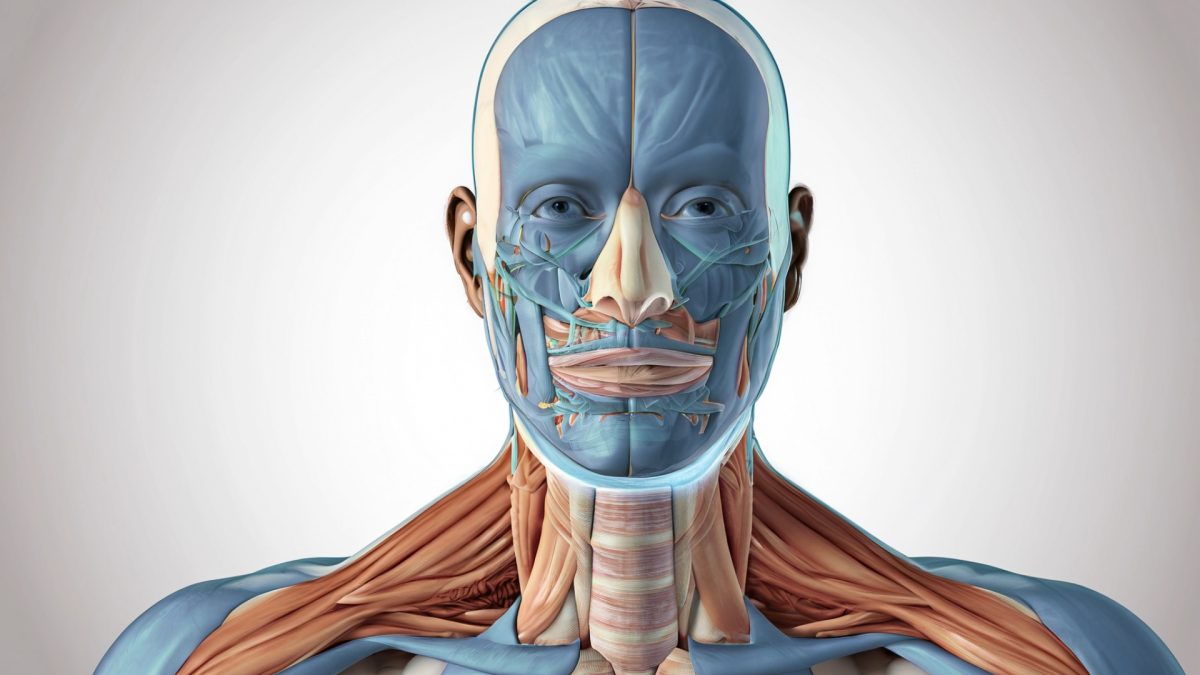
Grades:
9th Grade, 10th Grade, 11th Grade, 12th Grade
This STEM Argumentative Research Project engages students in exploring the scientific, ethical, and societal implications of themes in Mary Shelley's "Frankenstein." Students will work in groups to

Grades:
7th Grade, 8th Grade, 9th Grade, 10th Grade, 11th Grade, 12th Grade
Students will apply principles of design, engineering, and mathematics to create a physical or digital labyrinth inspired by the myth of Theseus. This project integrates STEM concepts with literature

Grades:
9th Grade
This hands-on lesson plan includes a lab that can be done to understand cell membrane properties. Students will provide evidence to support the claim that all biological systems demonstrate some

Grades:
9th Grade, 10th Grade
In this lesson, students use microscopes to find cells in the different stages of the cell cycle.
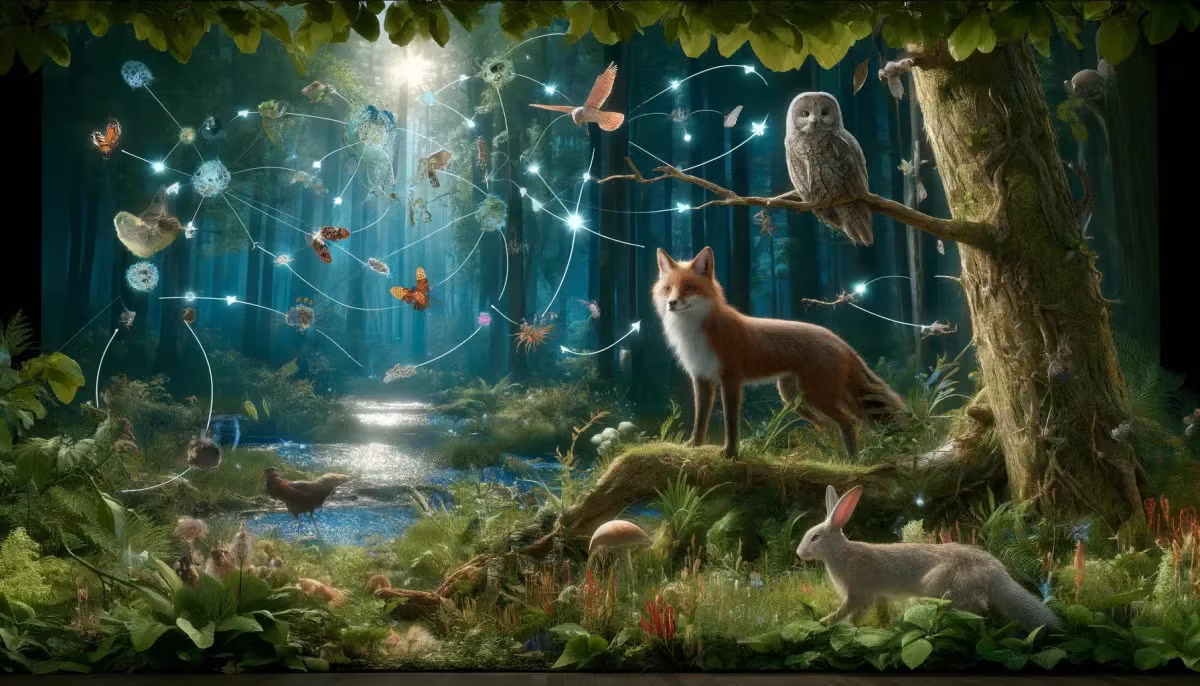
Grades:
9th Grade
In this lesson plan students will explore and use a digital graphic design tool to design a creative comic skit about actual keystone species and their importance to their specific environments. This

Grades:
9th Grade, 10th Grade, 11th Grade, 12th Grade
This is a 6-week lesson plan for high school students designed to measure and then increase the bat population in the field behind our school. This can be used in any area where bats populate, as long

Grades:
9th Grade, 10th Grade, 11th Grade, 12th Grade
This is a high school level project that covers food webs, nutrition cycling, and human intervention in ecosystems. This gives students a hands-on, real-world look at a water system in their backyard.


